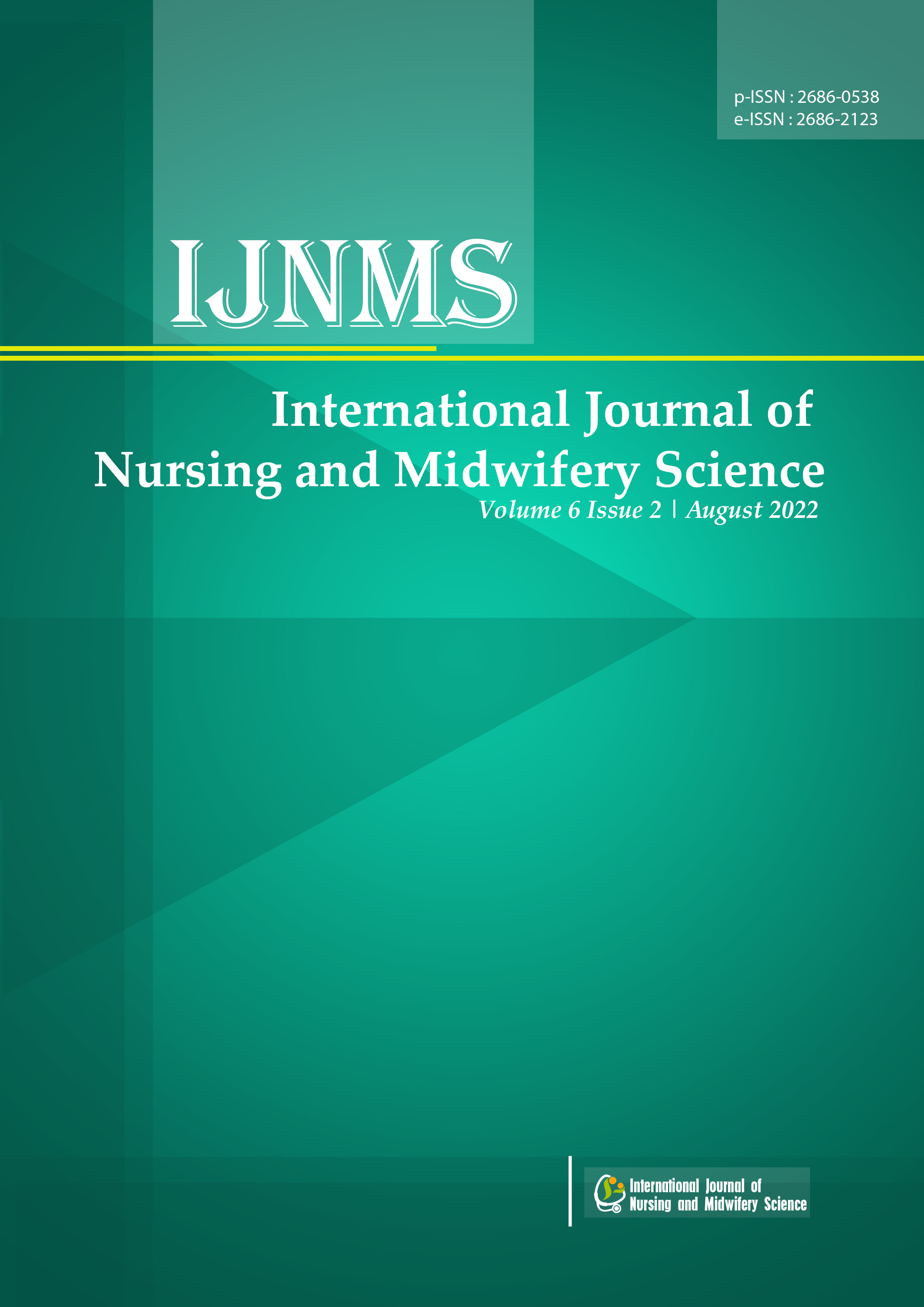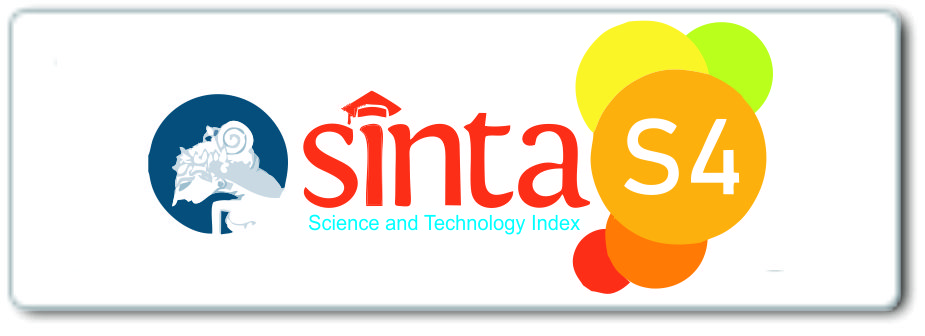CULTIVATION THE PILLARS OF CHARACTER, IN EARLY CHILDHOOD IN IMPLEMENTING CLEAN AND HEALTHY BEHAVIOR PROGRAM (PHBS) AFTER ONLINE LEARNING
DOI:
https://doi.org/10.29082/IJNMS/2022/Vol6/Iss2/405Abstract
Clean and Healthy Behavior Program PHBS education in early childhood is very important. Children's brains were growing rapidly at that time so it would be easy to obtain PHBS educational materials. However, special materials for PAUD PHBS are not yet available. The purpose of this study was to determine the influence of the cultivation of the pillars of discipline, independence and responsibility for early childhood on the implementation of PHBS in schools. The research method used analytic observational and cross sectional research design. The population of this study was early childhood children aged 4-6 years who were counted in Early childhood education Al Izzah Balongmojo Puri Mojokerto as many as 104 children. The sample size was calculated using the Rao soft sample size calculator. With a margin of error of 5% and a confidence interval of 95%, a sample of 83 children was obtained. Sampling by purposive sampling method. The results showed that the difference in the implementation of PHBS before and before the cultivation of the pillars of discipline, independence and responsibility was -11.986 and the probability was (p) 0.000 then p <0.05. so it can be said that the cultivation of the character pillars of discipline, independence and responsibility in early childhood affects the implementation of PHBS in schools
Downloads
Downloads
Published
Issue
Section
License
Authors who publish with IJNMS agree to the following terms
- Authors retain copyright licensed under a Creative Commons Attribution-ShareAlike 4.0 International License that allows others to share the work non-commercially with an acknowledgement of the work's authorship and initial publication in this journal.
- Authors are permitted and encouraged to post their work online (e.g., in institutional repositories or on their website) prior to and during the submission process, as it can lead to productive exchanges, as well as earlier and greater citation of published work (See The Effect of Open Access). Authors can archive pre-print and post-print or publisher's version/PDF.









_IJNMS.png)






